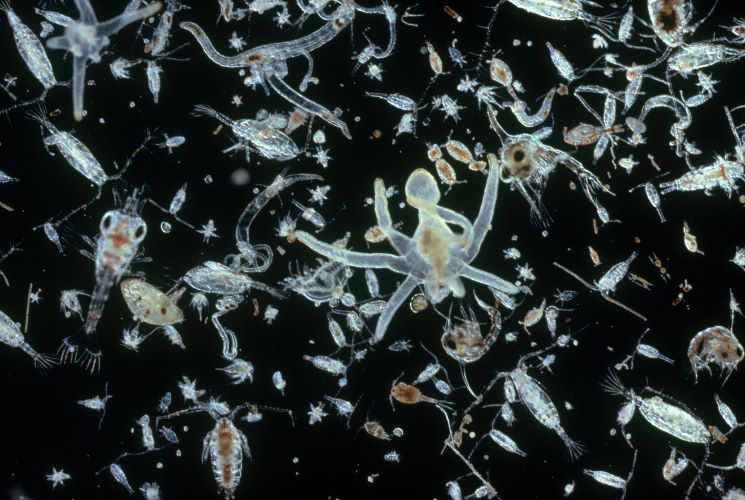Ocean Density’s Impact on Marine Carbon Cycling

Recent research published in the Royal Society Open Science has unveiled significant insights into how changes in ocean density affect marine plankton’s ability to sequester carbon. Led by Dr. Stergios Zarkogiannis from the University of Oxford’s Department of Earth Sciences, the study emphasizes the crucial role of oceanic physical properties, such as density and salinity, in the carbon cycle. This research highlights the importance of plankton in regulating atmospheric carbon dioxide levels, which has profound implications for climate change.
Research Highlights Physical Drivers of Calcification
The study primarily examined Trilobatus trilobus, a species of foraminifera. These microscopic organisms are notable for their calcium carbonate shells, which play a vital role in carbon sequestration. When these organisms die, their shells sink to the ocean floor, contributing to long-term carbon storage. The research indicates that variations in ocean density and salinity significantly influence the calcification process in these organisms.
Dr. Zarkogiannis discovered that a decrease in ocean density, often a result of melting ice sheets and the influx of freshwater, leads to reduced calcification in T. trilobus. This reduction in calcification prevents the organisms from sinking, allowing them to remain suspended in the water column. While this adjustment aids in their survival, it also impacts ocean alkalinity, which is essential for increased CO2 absorption. The findings suggest that the physical properties of the ocean are critical in determining how effectively these organisms can contribute to carbon cycling.
Techniques and Key Findings
To reach these conclusions, the research team analyzed modern fossil samples of T. trilobus from the Mid-Atlantic Ridge. They employed advanced imaging techniques, including X-ray microcomputed tomography and trace element geochemistry. These methods allowed for a detailed examination of the organisms’ shells, revealing notable regional differences in shell thickness.
The results indicated that thinner shells were prevalent in equatorial regions, while thicker shells were found in subtropical areas where ocean density is higher. This variation in shell thickness underscores the influence of local environmental conditions on the calcification process. The study’s findings highlight the importance of understanding these regional differences to better grasp the broader implications for marine ecosystems and carbon cycling.
Broader Implications for Climate Research
The implications of this research extend beyond the immediate findings. The study suggests that physical changes in the ocean are as critical as chemical factors in determining the calcification process. This interplay between marine life and ocean properties could significantly impact climate models, especially in regions experiencing ice sheet melting.
Dr. Zarkogiannis emphasized the necessity of understanding these dynamics, as marine organisms actively regulate buoyancy and, consequently, CO2 absorption. By influencing the carbon cycle, these organisms play a crucial role in mitigating climate change. As researchers continue to explore the complexities of oceanic processes, the findings from this study will be essential in shaping future climate research and policy decisions. Understanding how marine life interacts with changing ocean conditions will be vital for predicting the impacts of climate change on global carbon cycles.
Observer Voice is the one stop site for National, International news, Sports, Editor’s Choice, Art/culture contents, Quotes and much more. We also cover historical contents. Historical contents includes World History, Indian History, and what happened today. The website also covers Entertainment across the India and World.

